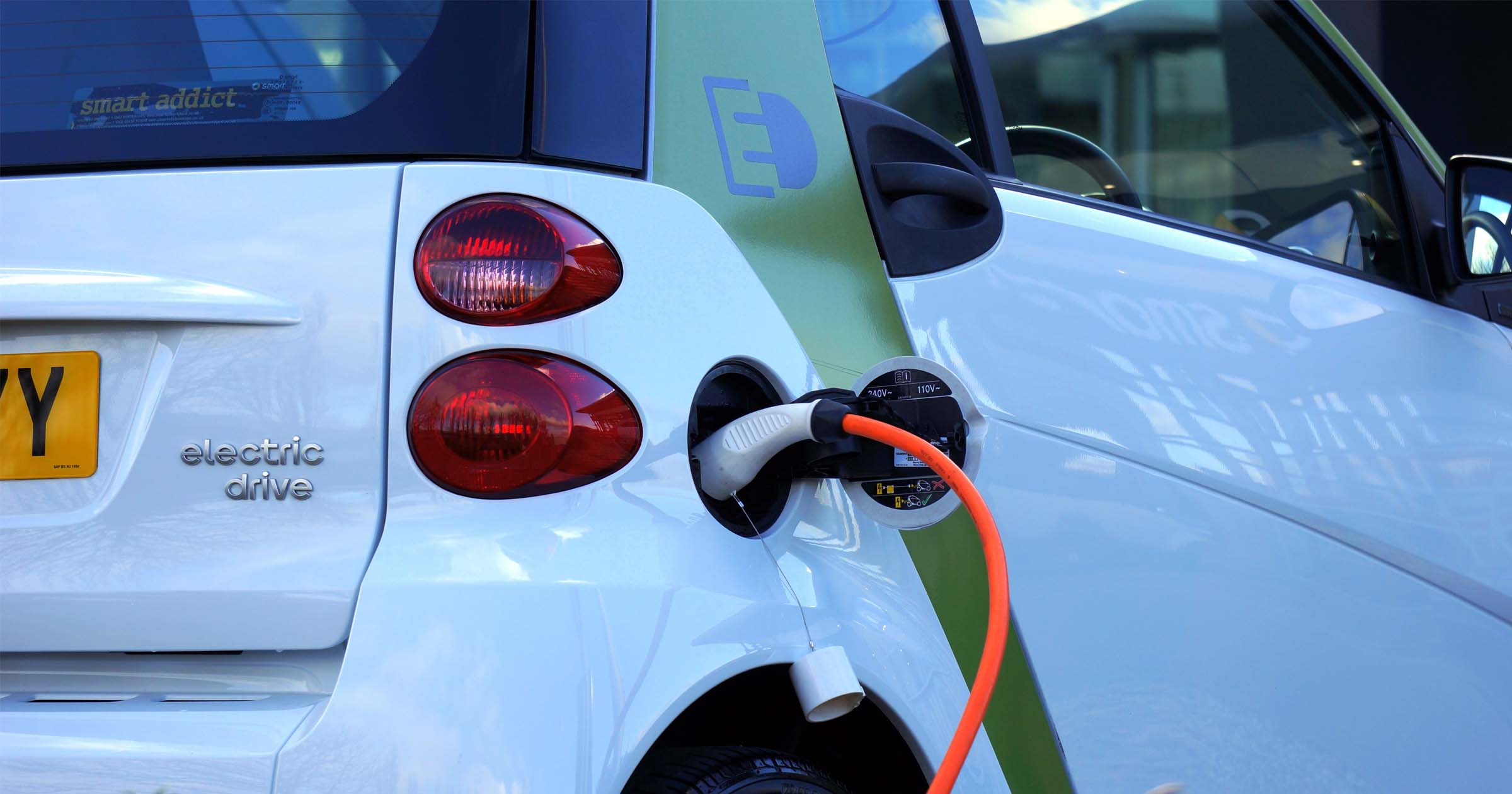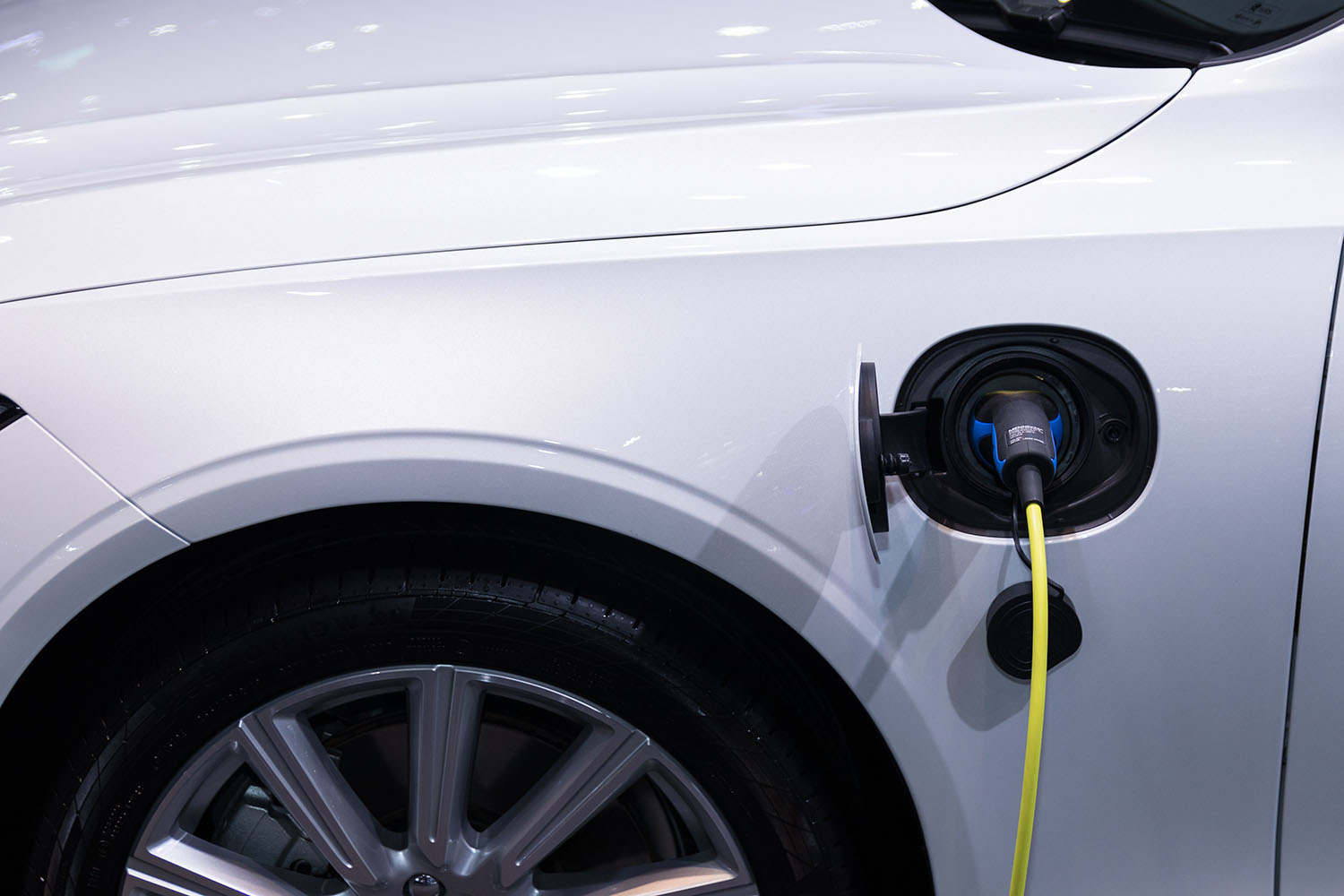Driving Sustainability in Transportation and Delivery: Everything You Need to Know About Green Transportation

In 2019, transportation accounted for 29% of U.S. greenhouse gas emissions. Three-quarters of those emissions were from light to heavy-duty trucks, which are commonly used by small businesses to complete deliveries and service appointments. These greenhouse gases are major contributors to climate change, impacting countries and the businesses within. Based on current trends, that impact is expected to cost businesses in the U.S. $120 billion by 2026. Now more than ever, businesses need to think, long term, about how their emissions will impact the planet.
Businesses should look at green logistics, which focuses on minimizing the carbon footprint of organizations through sustainable logistics strategies. For delivery businesses and companies that operate in the transportation sector, one of the most effective strategies is green transportation. In this guide, we’ll break down everything you need to know about green transportation—from what it is to how it can improve your bottom line and everything in between.
Jump to the part that most interests you:
- What Is Green Transportation?
- Why Is Green Transportation Important to Businesses?
- How to Make Green Transportation Work for Your Business
- Use OptimoRoute to Increase Revenue and Lower Carbon Emissions
What Is Green Transportation?
Green transportation is a broad term that encompasses all sustainable forms of transportation. For businesses, it refers to the ways in which an organization actively works to make its vehicles and overall transportation practices more environmentally friendly.
Amazon recently took a big step in green transportation by implementing electric vehicles as part of its effort to become carbon-neutral. Another example of green transportation is reducing the number of miles between stops for drivers on routes with multiple stops.
Green transportation may look slightly different from business to business. For example, a floral business may scale its delivery operations for seasonal business fluctuations, while a plumbing business may leverage schedule optimization to boost efficiency. But at its core, green transportation helps companies become more sustainable.
Pros of green transportation
A surprising 42% of consumers in a recent survey admitted that they had changed their buying habits to support companies that value environmental issues. Another 21% stated that they encourage their friends to do the same. With customers focused on sustainability, green transportation practices are an excellent way to win over customers.
Green transportation helps lower businesses’ carbon emissions and air pollution by reducing the use of fossil fuels. Not only does this make your organization more attractive to customers, but it can also lower the cost of running a business overall by lowering fuel costs through reduced mileage, as well as tax breaks for using green technologies and other government incentives.
Cons of green transportation
Depending on how you handle green transportation at your business, there could be downsides. For example, green vehicles can suffer from limited mileage. This means you may have to shorten your routes in order for your vehicles to return to base for a recharge. According to Forbes, the transition to renewable energy sources could lead to an estimated 15% increase in energy costs before you see any long-term savings from your investment. Green technology is a costly investment upfront and may not be a realistic option for small businesses with limited budgets.
Why Is Green Transportation Important to Businesses?
Though costly upfront, businesses that have the capital readily available to invest in green transportation technologies will save money in the long run. Switching to green cars cuts fuel costs by as much as $750 for every 15,000 miles driven. On top of that, electric car owners benefit from lowered maintenance costs. For businesses that manage large fleets with greater fuel and maintenance costs, these long-term savings multiply exponentially.
Apart from investing in sustainable transportation technologies, businesses that go green will see other monetary gains in the form of shareholder investments, as sustainable investing becomes an increasingly popular trend. Depending on what green transportation initiatives look like at your business, you may also qualify for tax credits like the Alternative Fuel Vehicle Refueling Property Credit.
Many green logistics strategies like green transportation achieve their environmentally-friendly goals through practices that are optimized for energy efficiency. By going green, your business will also see increased efficiency and productivity. Green transportation tactics like route optimization are better for the environment and your bottom line.
How to Make Green Transportation Work for Your Business
There are a few common ways for businesses to make their transportation more sustainable. Regardless of industry, organizations can lower emissions by utilizing eco-friendly vehicles and leveraging software to reduce mileage.

Switch to high-efficiency vehicles
If you have the capital upfront, you can make the switch to renewable energy by replacing your gas-powered vehicles with electric or hybrid modes of transportation. If a fully electric vehicle isn’t in the budget, look for vehicles with higher fuel-efficiency ratings and emissions sensors as an environmentally-friendly alternative. You can also do your own research into vehicles by consulting the U.S. Department of Energy for a yearly list of vehicles with the best fuel economy.
If you can’t afford to make this investment upfront, you can transition gradually as older trucks and vehicles in your fleet reach their end of life. A slower transition will allow you to save for the vehicles you need and implement green transportation in phases rather than delaying the process entirely.
Along with making this transition, you should look at other ways to lower your carbon footprint, like switching to biofuels, which have the potential to reduce emissions, according to the Environmental Protection Agency (EPA). You can also implement green logistics strategies like reducing mileage or recycling within your production facilities to help lower your environmental impact and offset the emissions from the older vehicles that are still in use.
Implement efficiency software
Software helps you go green by streamlining your workflows and automatically finding ways to lower your environmental impact. Some tools, like ESG-driven systems, track your business’ performance based on social and environmental factors to tell you just how green your business is. Other tools, like route planning software, boost efficiency through sustainable practices, like optimized route planning.
Route planning software also offers the added benefit of lowering mileage, which automatically reduces your usage of fossil fuels and your overall fuel costs. For example, by leveraging a planning solution to make routes more efficient, Hardie’s Fresh Foods was able to lower its overall mileage by 20%.
Another obstacle that delivery and transport businesses face when trying to go green is the capacitated vehicle routing problem. The CVRP centers around the challenge of finding the most direct delivery routes while also utilizing vehicle capacity as efficiently as possible. Companies can address this issue sustainably by implementing a route planning software and switching to lightweight, environmentally conscious packaging that uses fewer materials. The lowered weight of packaging will also increase the number of packages you can fit onto a truck and reduce trips back to the distribution center for restocking.
Use OptimoRoute to Increase Revenue and Lower Carbon Emissions
Energy efficiency will be an increasingly important topic as fuel prices continue to rise and consumers continue to put more importance on fighting global warming. According to the EPA, burning one gallon of gas emits more than 8,000 grams of carbon dioxide. For passenger vehicles, that amounts to an average of 4.6 metric tons of carbon dioxide every year. For commercial transportation vehicles, that number is much higher. OptimoRoute is a route and schedule optimization app that can help your business reduce carbon dioxide emissions. This will help your business win over an increasingly environmentally conscious consumer base while increasing revenue.
Users can upload information about their fleet, drivers, orders, and service appointments. Then OptimoRoute will automatically look for efficient routes to help you avoid traffic congestion and reduce your mileage. Some of the ways it can help your business include:
- Informed vehicle utilization: Utilize your vehicles to the fullest by providing the system with details about your vehicles, such as their payload capacity and fuel efficiency. This allows OptimoRoute to solve the capacitated vehicle routing problem for you.
- Optimized routes: Minimize the number of miles you drive. OptimoRoute’s state-of-the-art software plans routes that are optimized for efficiency. This lowers your fuel consumption and reduces overall transportation costs.
- Task and order restrictions: Reduce mileage while also meeting the demands of each individual order by uploading order details for each stop on a route. The platform will find the most efficient route that meets demands like order priority, reverse logistics, and which drivers are most qualified to complete the task.
- Real-time planning: Adjust to last-minute changes like a cancellation with real-time route modification. When a change occurs, add or remove stops to the route and let OptimoRoute automatically re-optimize to reduce mileage before sharing the new route with drivers instantly.
- Real-world KPI visibility: Integrate the platform with software you already use to leverage real-world data about your transportation. This allows you to make business decisions that are backed by real-world data.
Try OptimoRoute free for 30 days to see how it can help lower your environmental impact and improve your bottom line!
Try OptimoRoute™ for Free
No installation or credit card required


